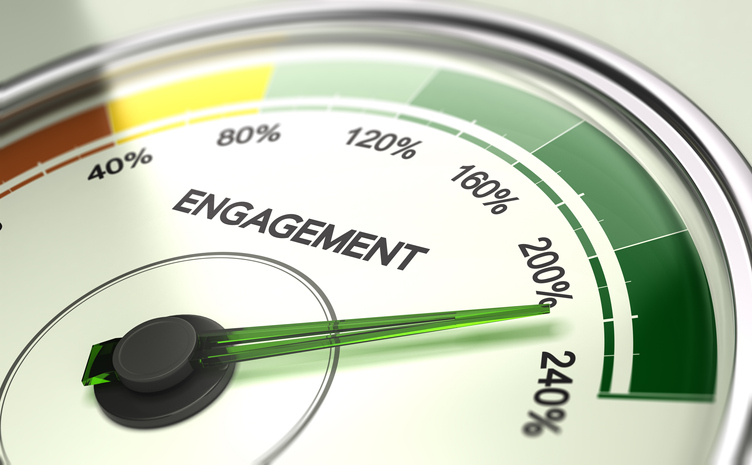Communication networks, such as mobile phones and computers, could be unreliable during crises, and electricity could be disrupted. Ensure that all the members of your household – including children, people with disabilities or access and functional needs, and outside carers – know how to reach each other and where to meet up in an emergency.
Text is best! If you are using a mobile phone, a text message may get through when a phone call will not. This is because a text message requires far less bandwidth than a phone call. Text messages may also save and then send automatically as soon as capacity becomes available.
School, Childcare, Carer and Workplace Emergency Plans
Know each location’s emergency-response plans and how to stay informed. Discuss these plans with children, and let them know who could pick them up in an emergency. Make sure your household members with phones are signed up for alerts and warnings from their school, workplace or local government. For children without mobile phones, make sure they know to follow instructions from a responsible adult, such as a teacher or school headmaster.
Out-of-Town Contact
Identify someone outside of your community, town or country who can act as a central point of contact to help your household reconnect. In a disaster, it may be easier to make a long-distance phone call than to call across town, because local phone lines can be jammed.
Emergency Meeting Places
Decide on safe, familiar places where your family can go for protection or to reunite. Make sure these locations are accessible for household members with disabilities or access and functional needs. If you have pets or service animals, think about animal-friendly locations. Identify the following places:
- Indoor If you cannot leave your immediate area for whatever reason, make sure everyone knows where to go for protection. This could be a small, interior, windowless room or a safe shelter.
- In your neighbourhood Is there a place in your neighbourhood where your household members can meet if there is an emergency and you need to leave your home?
- Outside of your neighbourhood Is there a place where your family can meet if a disaster happens when you’re not at home and you can’t get back to your home? This could be a library, community centre, house of worship or family friend’s home.
- Outside of your town or city Having an out-of-town meeting place can help you reunite if a disaster happens and you cannot get home or to your out-of-neighbourhood meeting place, or your family is not together and your community is instructed to evacuate the area. This meeting place could be the home of a relative or family friend. Make sure everyone knows the address of the meeting place, and discuss ways you would get there.
Other Important Numbers and Information
You should also write down phone numbers for emergency services, utilities, service providers, medical providers, veterinarians, insurance companies and other services.
Important Tips for Communicating in Disasters
- Make copies of your family emergency communication plan for each member of the household to carry in their handbag, backpack, purse or wallet. Enter household and emergency contact information into all household members’ mobile phones or devices. Make sure all household members and your out-of-town contact know how to text if they have a mobile phone or device, or know alternative ways to communicate.
- Text is best when using a mobile phone. If you make a phone call, keep it brief, and convey only vital information to emergency personnel and family or household members. This will minimise network congestion, free up space on the network for emergency communications and conserve battery power. Wait 10 seconds before redialling a number. If you redial too quickly, the data from the handset to the mobile sites do not have enough time to clear before you’ve re-sent the same data. This contributes to a clogged network.
- Conserve your mobile phone battery by reducing the brightness of your screen, placing your phone in airplane mode and closing apps you do not need. Limit watching videos and playing video games to help reduce network congestion.
- Keep charged batteries, a car phone charger and a solar charger available for backup power for your mobile phone, teletypewriters (TTYs), amplified phones and caption phones. If you charge your phone in your car, be sure the car is in a well-ventilated area (e.g. not in a closed garage) to avoid life-threatening carbon monoxide poisoning.
- If driving, do not write or read texts or make a call without a hands-free device.
- Consider maintaining a household landline and analogue phone (with battery backup if it has a cordless receiver) that can be used when mobile phone service is unavailable. Those who are deaf or hard of hearing, or who have speech disabilities and use devices and services that depend on digital technology (e.g. video relay service [VRS], internet protocol [IP] relay or captioning) should have an analogue phone (e.g. TTY, amplified phone or caption phone) with battery backup in case internet or mobile service is down.
- If you have a landline with a call-forwarding feature and you need to evacuate, forward your home phone number to your mobile phone number. Use the internet to communicate by email, Twitter, Facebook and other social media networks. These communication channels allow you to share information quickly with a wide audience or to find out if loved ones are OK. The internet can also be used for telephone calls through voice-over internet protocol (VOIP). For those who are deaf or hard of hearing, or who have speech disabilities, you can make calls through your IP-relay provider. If you do not have a mobile phone, keep a prepaid phone to use if needed during or after a disaster.
- If you live in an area with operational pay phones, use these if available. The circuits may have less congestion because these phones don’t rely on electricity or mobile networks. In some public places, you may be able to find a TTY that can be used by those with hearing or speech disabilities.



































